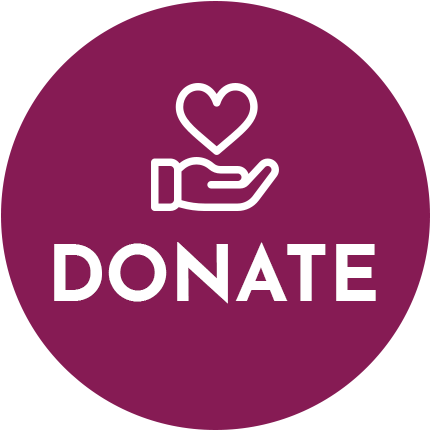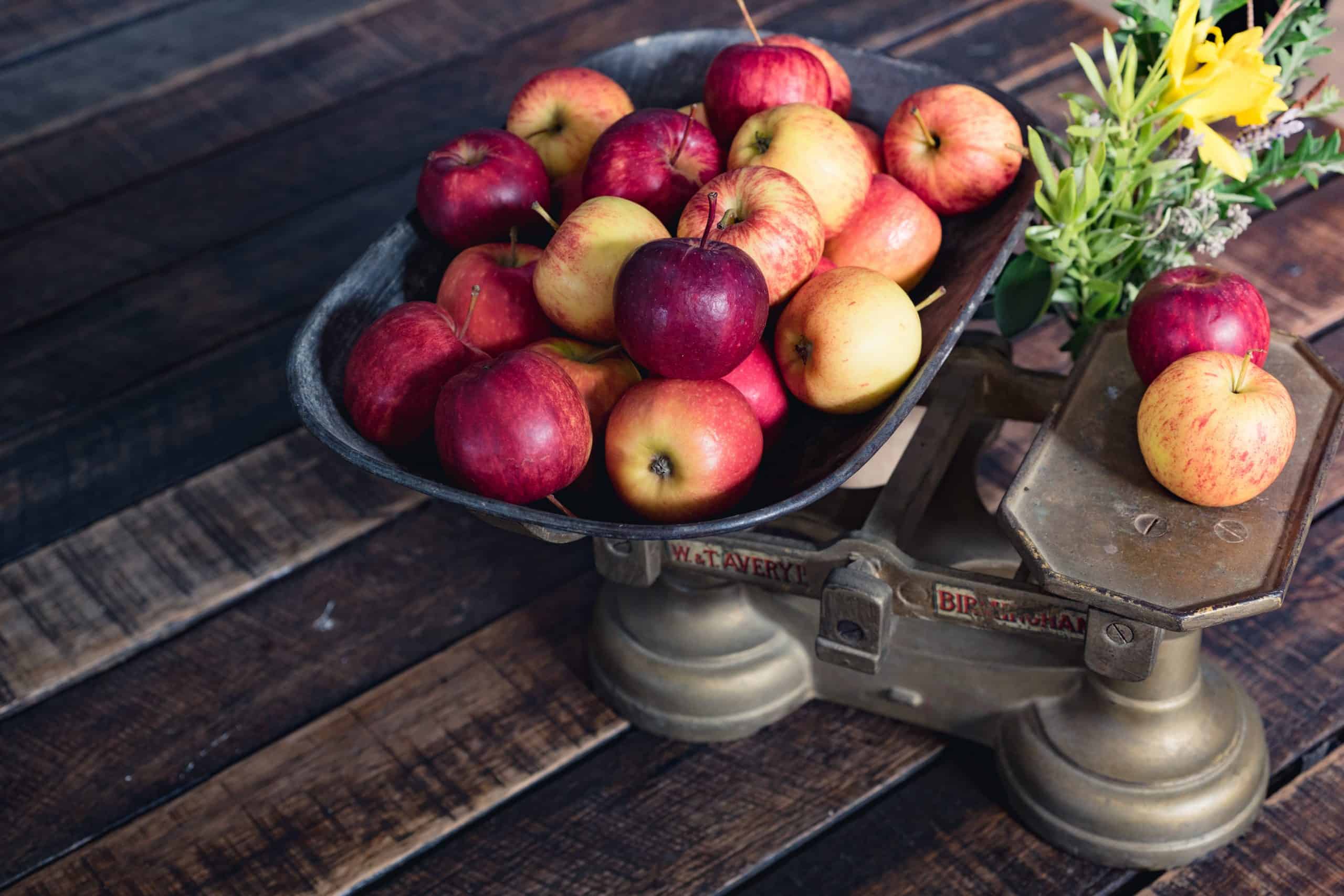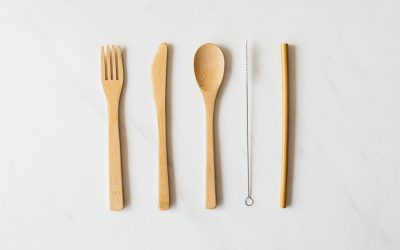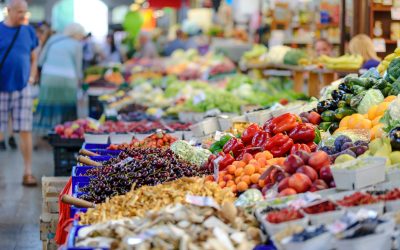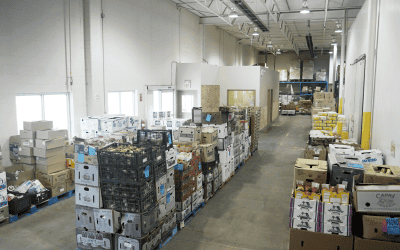In an earlier editorial titled Hunger at home: 1 in 7 Canadians is food insecure during COVID. In the post, we discuss how in the first two months of the pandemic, Canada lost almost 3 million jobs and food insecurity jumped by 39%. That’s approximately five million people who struggled to eat or buy food during COVID-19.
Pandemic aside, food insecurity is a daily reality for too many. According to the Community Food Centres Canada (CFCC), 4.5 million Canadians experienced food insecurity before COVID. That’s about 1 in every 8.5 Canadians who are food insecure. They either cannot afford to buy the quantity and quality of food for a well-balanced diet or they struggle to afford to buy food at all.
Despite this, the average Canadian household spends $1,766 annually—nearly $5 a day on food that they will throw out. What’s worse, is that only 40% of food produced in Canada is eaten every year. Nearly 60% or 35.5 million metric tonnes (a small city of skyscrapers in weight)—of food produced in our country goes to the landfill.
Consumers are only a portion of the problem. A vast number of produce never even leaves the farm or manufacturer and every step of the food chain discards more of it. Regardless of where along the food supply chain the loss is happening, there a growing gap in food equality in Canada.
Millions are hungry while millions of tonnes of good surplus food go to waste. Making that connection is part of the solution.
Food inequality in Canada: Food waste and hunger in the millions
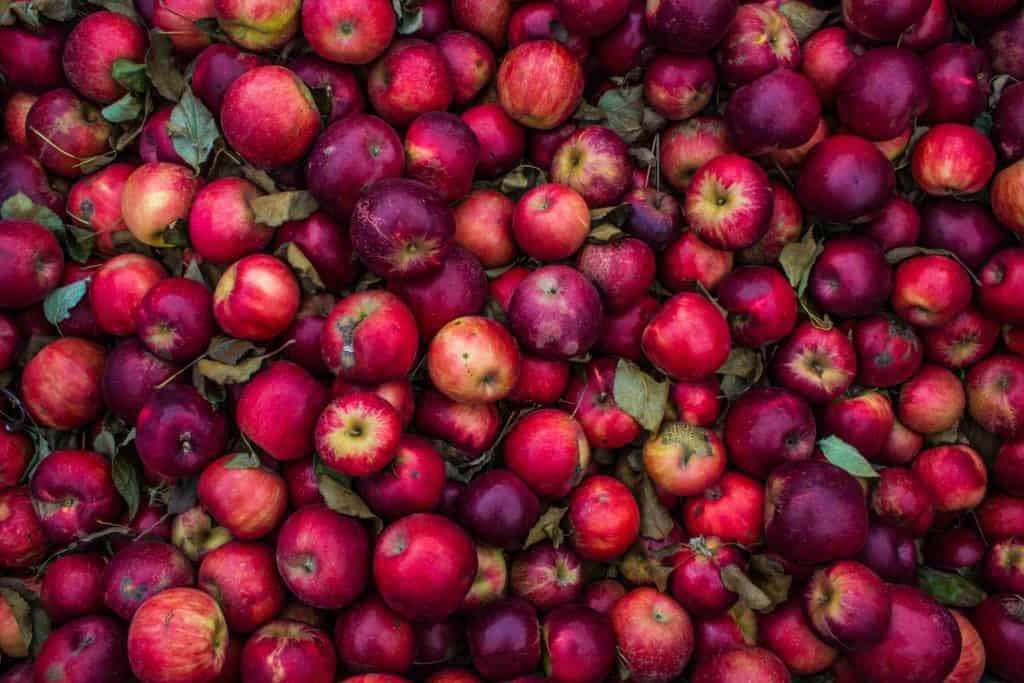
Hunger is on the rise. In 2017 and 2018, Canadian food insecurity sat at around 10.5%. During the pandemic, that number rose to 14.6%.
Meanwhile, 32% of food wasted and lost in Canada was avoidable and edible good, fresh food that could have gone to communities in need. That’s 11.2 million metric tonnes of food. According to NPR’s The Salt, the average American eats about one tonne of food per year.
We could feed up to 11.2 million Canadians every day for a year with just the avoidable food that we waste every year alone. In other words, if we didn’t waste good, fresh food at every level of the food chain and, instead, it was redirected to the ~five million people who are food insecure, then we can enact real change in Canada.
Closing the gap between food waste and food insecurity
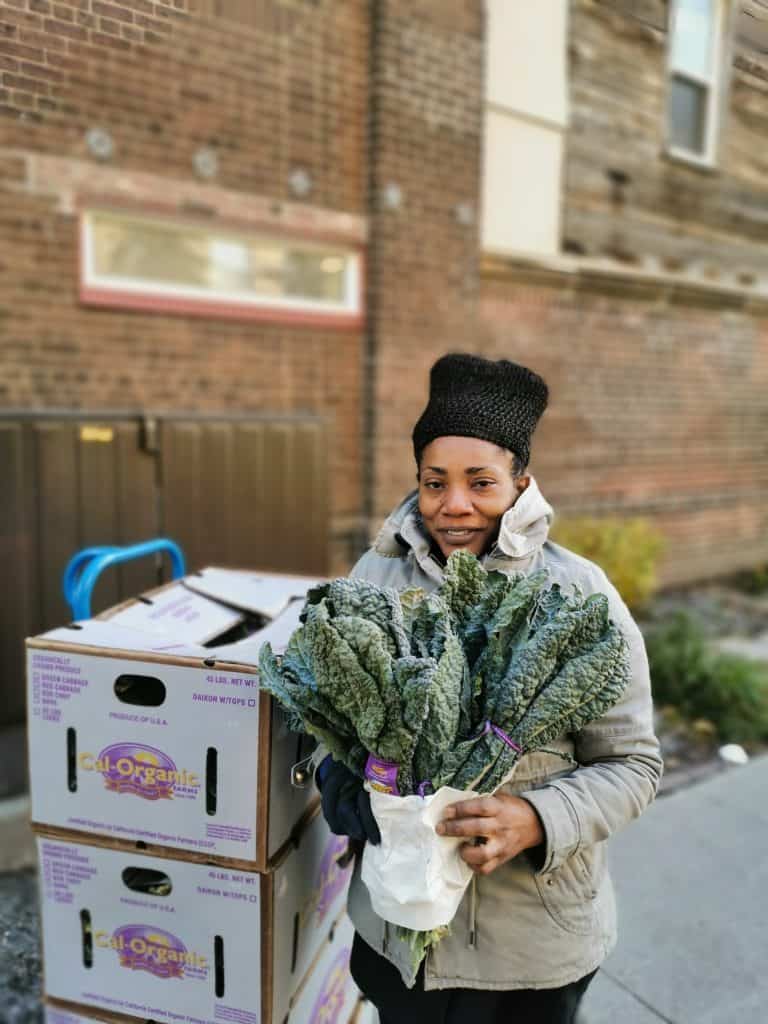
The team at Second Harvest works to close the food inequality gap by bringing good, surplus food from those who have it to those who need it most.

